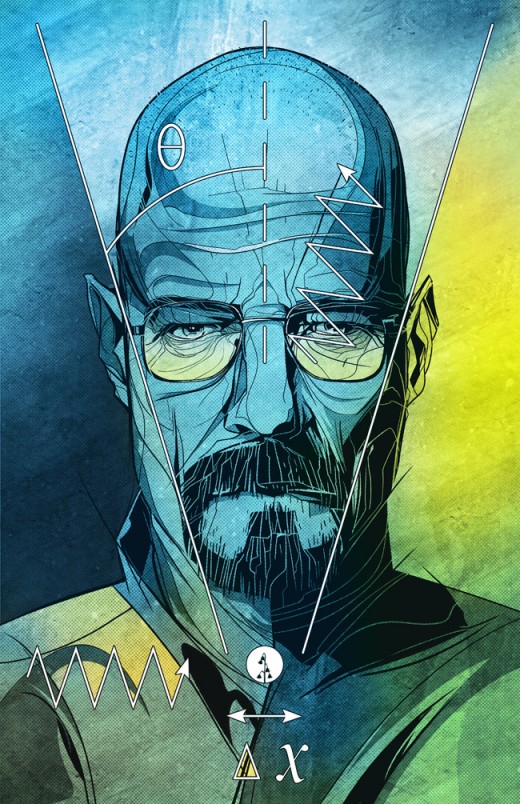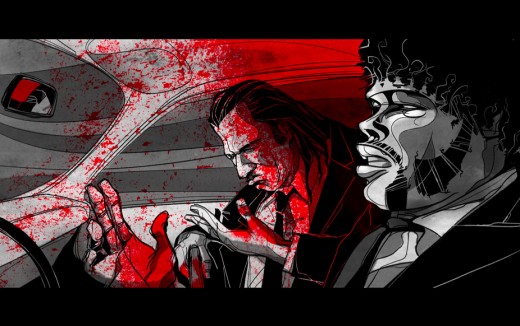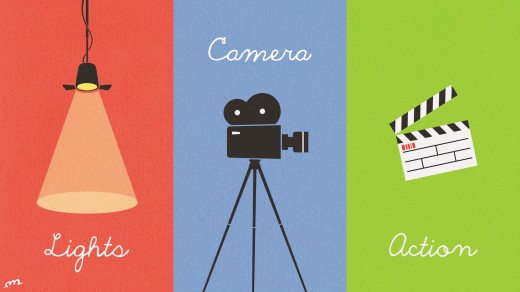July 16, 2012 - Comments Off on Millimeters of Metropolis
Millimeters of Metropolis
I'll be the first to admit it: I have a problem--a media problem. It might be just my generation but I'm beginning to think it's really all of us. We've contracted what I call "screen-lookitis" and I suffer from a particularly acute case. I'll be with friends in a bar having a merry old time, but put a screen in the corner of the room and I can't help but look every few minutes or seconds even! Perhaps being raised in a world where anything and everything of worth appears in glowing pixels at some point or another has conditioned me to this extreme behavior. But even looking back to the birth of the moving image we see a similar devotion in those Vaudevillian days. Film is an extremely efficient and engaging communication tool and as such it has completely altered the human experience. As a confessed media junky, I can easily say it very much inspires.
Of course all forms of media inspire us. Our ability to communicate and interpret ideas is what makes human so unique after all. But by simulating our real world experience in the lit rectangle of the screen, movies, television and now the web manage to hijack our senses completely and unlike anything before. The amount of television we now consume is quite startling at an average of 4 hours a day in the US. But the works of people like César Moreno tap the brakes on this depressing train of thought. His strong illustrative style echoes a comic book aesthetic while his downplayed colors and extreme contortions of scale and perspective serve to make his work truly unique. The subjects often involve film stars and characters alike, below are Heisenberg from Breaking Bad (which just returned this past Sunday!) and one of the most famous scenes in modern cinema from Pulp Fiction.

The interplay of film and the web was obvious at first glance to many. Web video has recently taken off on services like Youtube, Hulu, and Vimeo. But like so much else in our glorious digital revolution, progress has been slowed and stymied by entrenched parties. While some are coming around, many more remain obstinate in the course of progress. But that just leaves more opportunities for the small guys to swoop in and take over as the site for Media Arts Lawyers can attest. A small law practice, MAL provides legal support for small burgeoning artists in all forms of media and distribution. Their long horizontal site calls to mind film strips with its perforated menu design. The monochromatic palette mixed with splashes of red is like the darkrooms of old while slick design and interface rule all. Though the site doesn't work well on small screens it does work on mobile devices. However the static header fills the entire screen making it unclear that the content below has changed.
One often overlook downside of film is how invisible it makes the artistic process. Large amounts of work are required to bring any artistic vision to life, especially in film. If a film maker has done a good job of course, all this work should be invisible to the viewer. And no crew member is more overlooked than the Foley artist; the men and women who add all those subtle sounds that don't get picked up while recording but are vital to giving actions a sense of weight and reality.
Please tune in later this week for our podcast on the subject of digital media and privacy in the modern age. Till then, happy watching.
The Sketching Mechanism is a series of weekly posts, published on Mondays, containing the artistic musings of Mobile Designer/Developer Ben Chirlin from our Monday morning meeting at the NY Creative Bunker as well as his inspiring artistic finds of the week.
Published by: benchirlin in The Sketching Mechanism
Tags: art, cameras, césar moreno


Comments are closed.